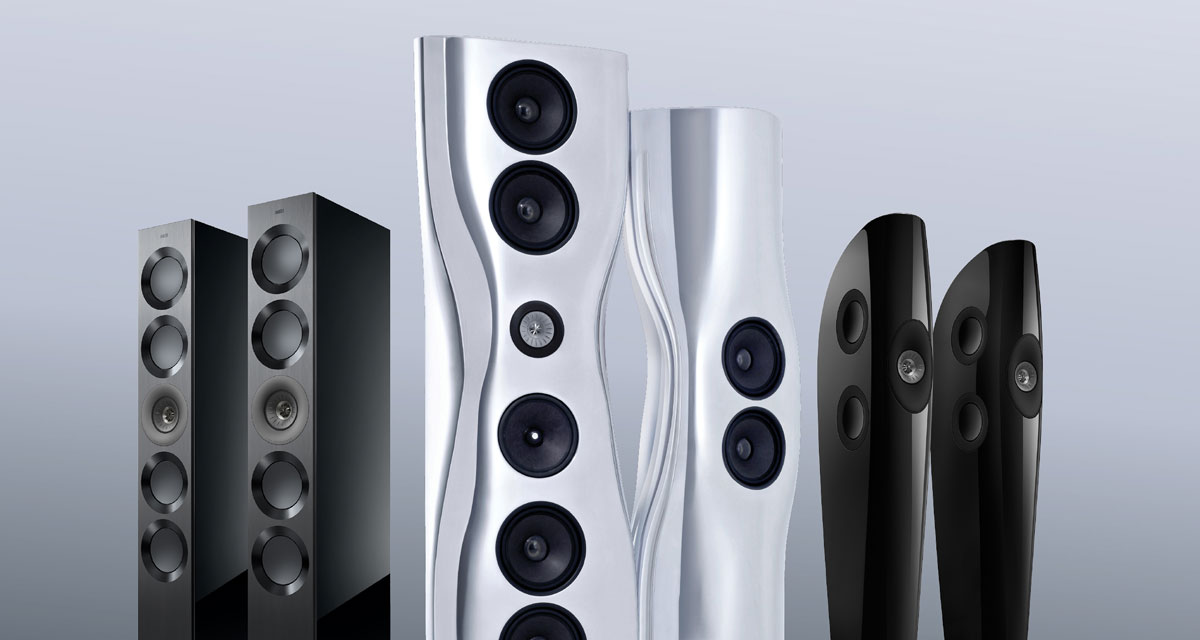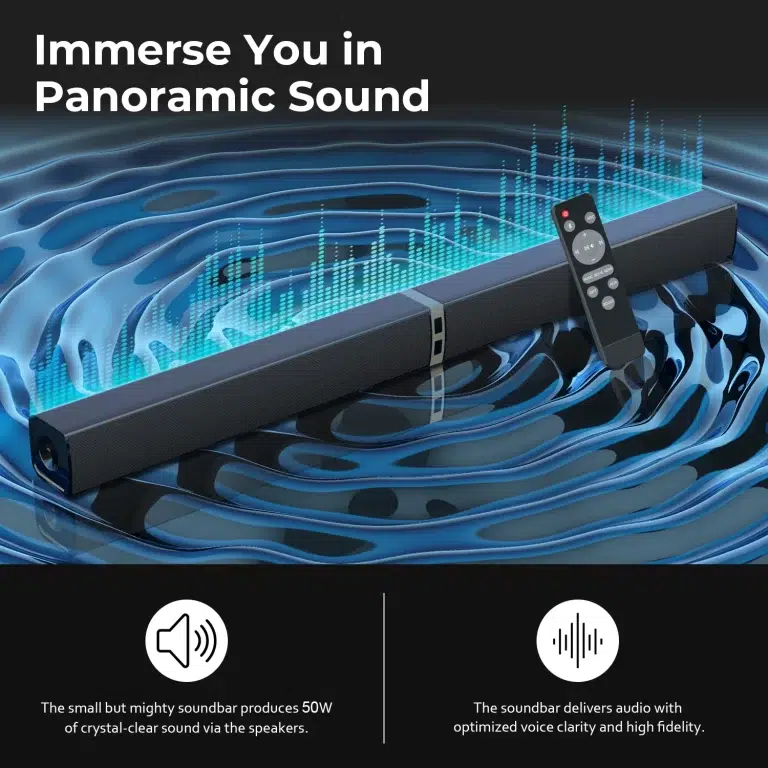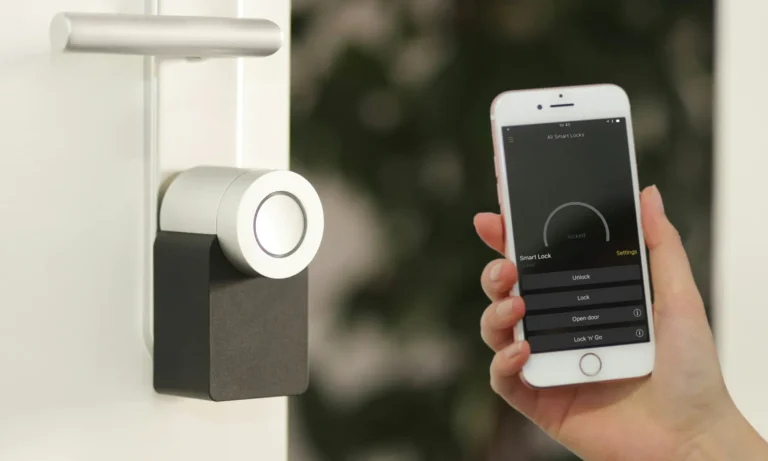Introduction
Hi Fi products have become an increasing presence in people’s lives as living standards rise, and many people are willing to invest more both time and money to increase auditory enjoyment. While some may wonder why HiFi products are so costly or why their sound differs when the same sound emanates from each speaker? Actually, playing with sound systems can be quite complex; many basic parameter terms, sound units, and types of systems may seem daunting at first. First gain some basic knowledge about HiFi speakers so that you can understand why audiophiles cannot resist them!
1.Parameter Nouns
What do some parameters commonly found in audio systems, including frequency range, power, impedance and sensitivity measurements, mean?
As previously defined, frequency range refers to the range between the lowest effective sound frequency and highest effective sound frequency. We know that human auditory systems typically detect frequencies in the 20Hz-20000HZ range; to meet this goal effectively speakers must incorporate structures which can withstand large amplitudes without distorting output, reduce distortion levels while simultaneously increasing volume levels.
The frequency response of speakers refers to the phenomenon in which, when connected with a constant voltage audio output signal and changing its frequency, sound pressure generated by speakers increases or decreases with frequency and phase lag changes accordingly. This relationship between sound pressure, phase, and frequency changes is called frequency response and expressed in decibels (dB). This indicator serves as an important criterion when judging speaker quality: smaller decibel values indicate flatter frequency response curves and lesser distortion.
Distortion typically falls into three categories, namely harmonic distortion, intermodulation distortion and transient distortion. Harmonic distortion refers to the introduction of high-order harmonic components not present in the original signal during reproduction process – something which typically does not happen naturally.
Intermodulation distortion occurs when a speaker produces a new frequency component not present in the original signal while playing back sound sources due to nonlinear deformation factors in its supporting system and nonuniform magnetic field distribution in its magnetic gap. Once added to a speaker along with original frequency signal, modulated frequency signal becomes even further modulated thus leading to intermodulation distortion – two frequencies not present in original signal appear at output frequency of speaker resulting from intermodulation distortion.
Transient distortion in speaker systems refers to transmission waveform distortion caused by mass inertia of their vibration system. Due to this mass inertia, vibration of paper trays cannot keep pace with instantaneous changes in electrical signals and results in distortion of transmitted waveform and changes to frequency spectrum and timbre of reproduced sounds; quality indicators in speaker units play an essential role in sound reproduction quality and degree.
Another factor is impedance and sensitivity of speakers. Impedance refers to the ratio between input signal voltage and signal current of a speaker. China’s national standards recommend 4 O, 8 O and 16 O as ideal impedance values (internationally recommended value is 8 O); the nominal impedance differs due to multiple speaker units within it whose properties do not conform exactly with each other.
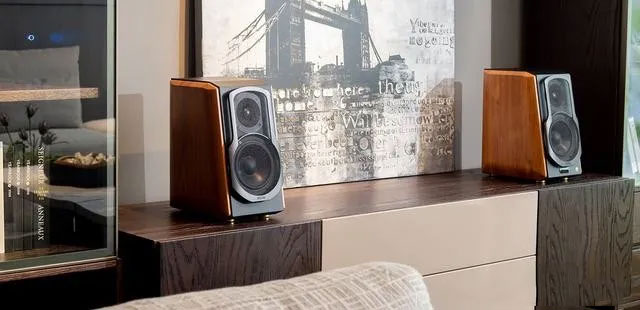
Sensitivity refers to the sound pressure level measured at 1 meter from each speaker unit of a speaker system when input electrical power to them is 1 watt. Note that while sensitivity serves as an indicator for speakers, it doesn’t directly correspond with sound quality or timbre; rather it affects loudness which can be increased by increasing input power.
2, Vocal Unit
Now that we understand some basic characteristics of speakers, let’s focus on learning their component parts – which typically divide into three frequency bands: high, medium and low.
High Frequency Speaker Unit
As its name implies, a tweeter is a speaker unit designed to produce high-frequency sound waves. It comes in various forms – horn type, cone bowl type, ball top type and aluminum strip type are the four primary varieties available today.
Horn tweeters, with their strong directionality, can detect powerful energy at the front of the horn and are frequently utilized for high-power sound amplification.
Cone basin tweeters are more commonly found in older speakers due to their large and heavy diaphragm area, leading to lower high-frequency characteristics than other types of tweeters.
Ball type tweeters are currently the most commonly utilized tweeters in household speakers and small monitoring speakers, while dome type tweeters may be subdivided into positive and negative dome units based on their dome structure; material considerations allow us to further divide ball top tweeters into hard ball and soft ball categories.
Aluminum alloy, titanium alloy, magnesium alloy, titanium alloy composite film and glass film are among the many diaphragm materials suitable for high pitched hard balls, with various aluminum alloy and titanium alloy dome tweeters creating bright and metallic tones, perfectly reflecting classical music and vocals.
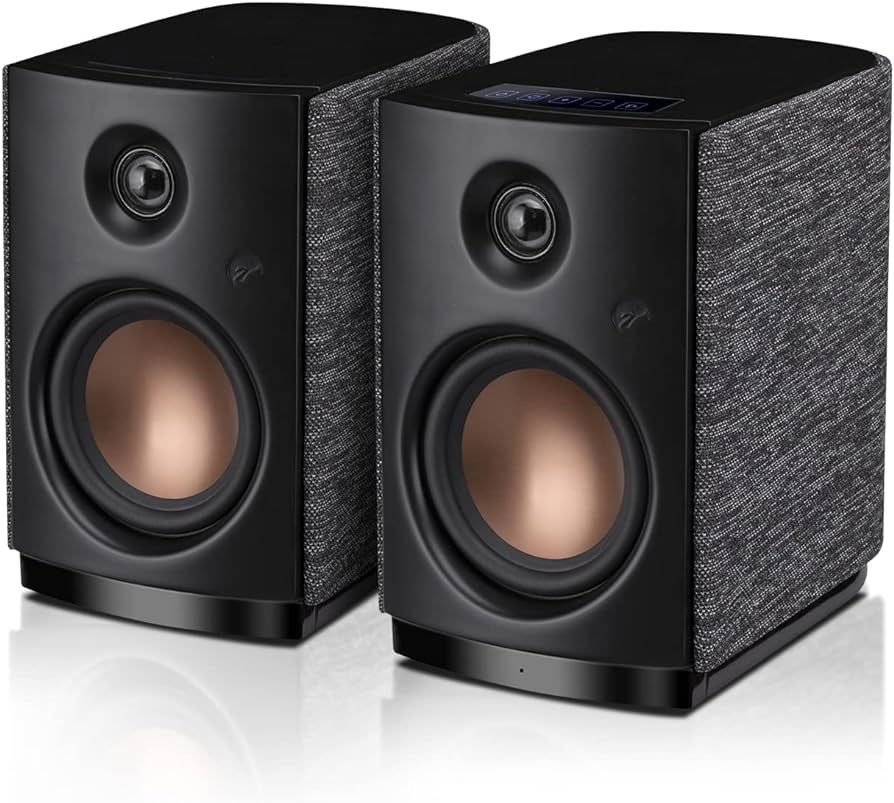
Soft ball top treble speakers use different diaphragm materials, including silk film, silk thread film, rubber film and bulletproof cloth film diaphragms. A soft dome tweeter unit produces agile yet relaxed high notes when playing back music; natural expression comes through. I specialize in classical music as well as vocal and other genres using standard listening concepts.
Mid Frequency Speaker Unit
Mid frequency speakers feature flat frequency response curves with effective frequencies greater than their assigned sound frequency band in systems, consistent impedance, sensitivity, and low-frequency unit characteristics; their impedance should match these specifications; typically two types of mid range units exist: cone bowl and ball top units whose diaphragms consist of soft materials like paper bowl pulp or silk film, with rare instances featuring alloy ball top diaphragms as well.
Low frequency speaker unit
Quality factors of low-frequency speakers vary with each type of speaker, but generally speaking the larger its aperture, magnet, and voice coil diameter are, the better its low-frequency playback performance, transient characteristics, and sensitivity are.
Bass units typically take the shape of conical basins, although there may also be flat plate types. There are various diaphragms used on bass units such as aluminum alloy diaphragms, ceramic diaphragms, carbon fiber diaphragms, glass fiber diaphragms, acrylic diaphragms and paper diaphragms for bass units; low frequency units that use aluminum alloy diaphragms typically feature smaller apertures while still managing higher powers; while reinforced paper basins with glass fiber diaphragms offer superior sound quality while maintaining good overall balance during music playback.
Hifi Speaker Common Types
Modern HiFi speakers come in all manner of shapes and sizes; the most widely-used are rectangular. Their box structures typically include sealed boxes, reflector boxes, transmission lines, passive radiators and coupling cavities for optimal operation.
A sealed speaker system is one of the simplest speaker structures, consisting of speaker units installed inside an airtight enclosure. It isolates forward and reverse radiation waves of sound waves produced by speakers, increasing resonance frequency. However, their sound may be deep; bass analysis should still be good.
Bass reflex speakers, also known as inverted speakers, feature a sound outlet on their casing with various positions and shapes of openings for sound to escape through the conduit and out the sound outlet, where soundwaves emitted backwards from the speaker are reversed through it to be directed forward from its outlet with superimposed phase with forward waves coming from speaker itself. They offer wider bandwidth than closed types while providing higher sensitivity with less distortion – currently making bass reflex speakers one of the most widely-used speaker types on the market today!
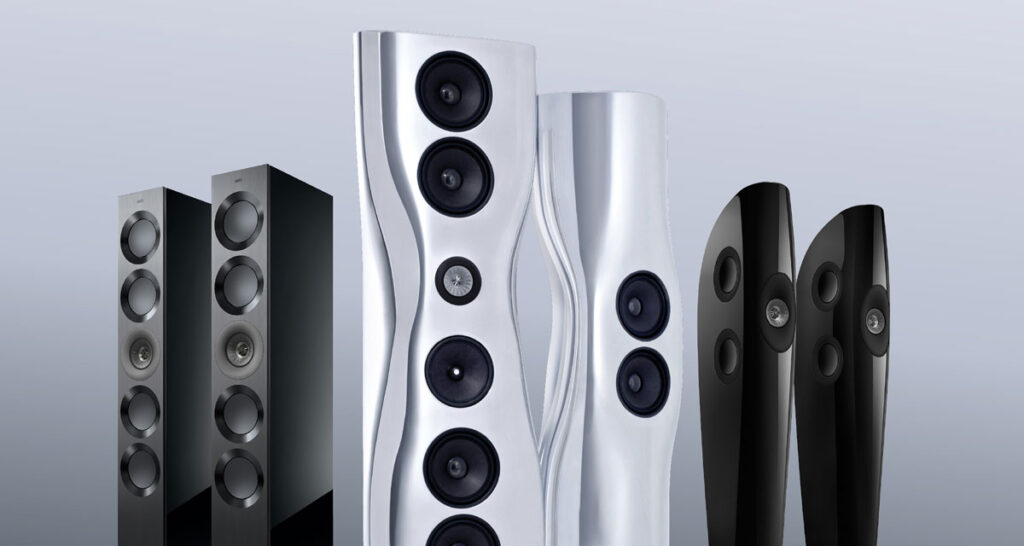
Transmission Line Speakers, so-called due to their name derived from classical electrical theory, consist of sound-absorbing wall panels installed as sound ducts behind their speakers. Their purpose is theoretically to attenuate sound waves coming from behind the cone bowl that would otherwise reflect back onto open ends and affect subwoofer sound radiation, but in practice have more of a damping and tuning effect, increasing sound output near or below resonance frequency – hence being also known as maze or winding path speakers.
Passive radiating speakers, commonly referred to as empty paper bowl speakers, differ from traditional bass reflex models in that their perforated sound outlet has been replaced with an empty paper bowl that does not use magnetic circuitry or voice coils for resonance or bass enhancement. Air in the box and passive cone bowl support components help form resonance while increasing bass depth. One major benefit of passive radiating speakers is that they help avoid unstable sounds caused by reflection, have minimal standing wave influence and produce clear and transparent audio quality.
Coupled cavity speakers are an enclosure structure that sits somewhere between sealed and bass reflex types, producing sound through sound outlets on one side of its cone while its opposite end connects directly with its closed box enclosure. An advantage of coupled cavity speakers at low frequencies is increased air pushage resulting in reduced distortion and power tolerance, and increased power tolerance as a result.
Different enclosures feature different acoustic design concepts and speakers with various enclosure structures can produce distinct sound effects to meet different venue or personal preference needs, without an overall designation of strengths or weaknesses.
HiFi speakers provide just one aspect of a HiFi system, though many other components such as sound sources, amplifiers and cables deserve study as well.
Learning this knowledge step-by-step and gradually dialing in their preferred sound will reveal the magic of HiFi music and why audiophiles have such a passion for it.

